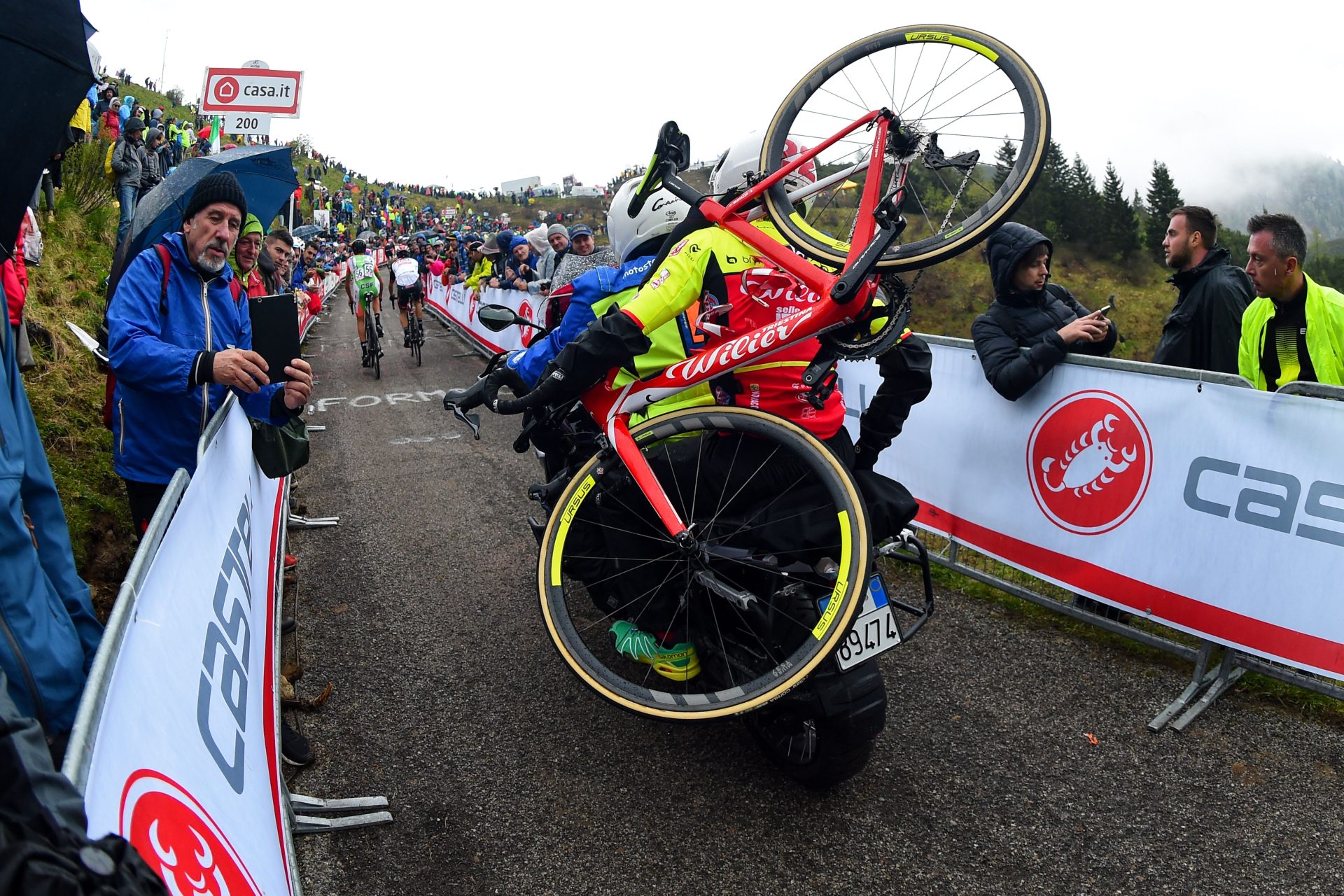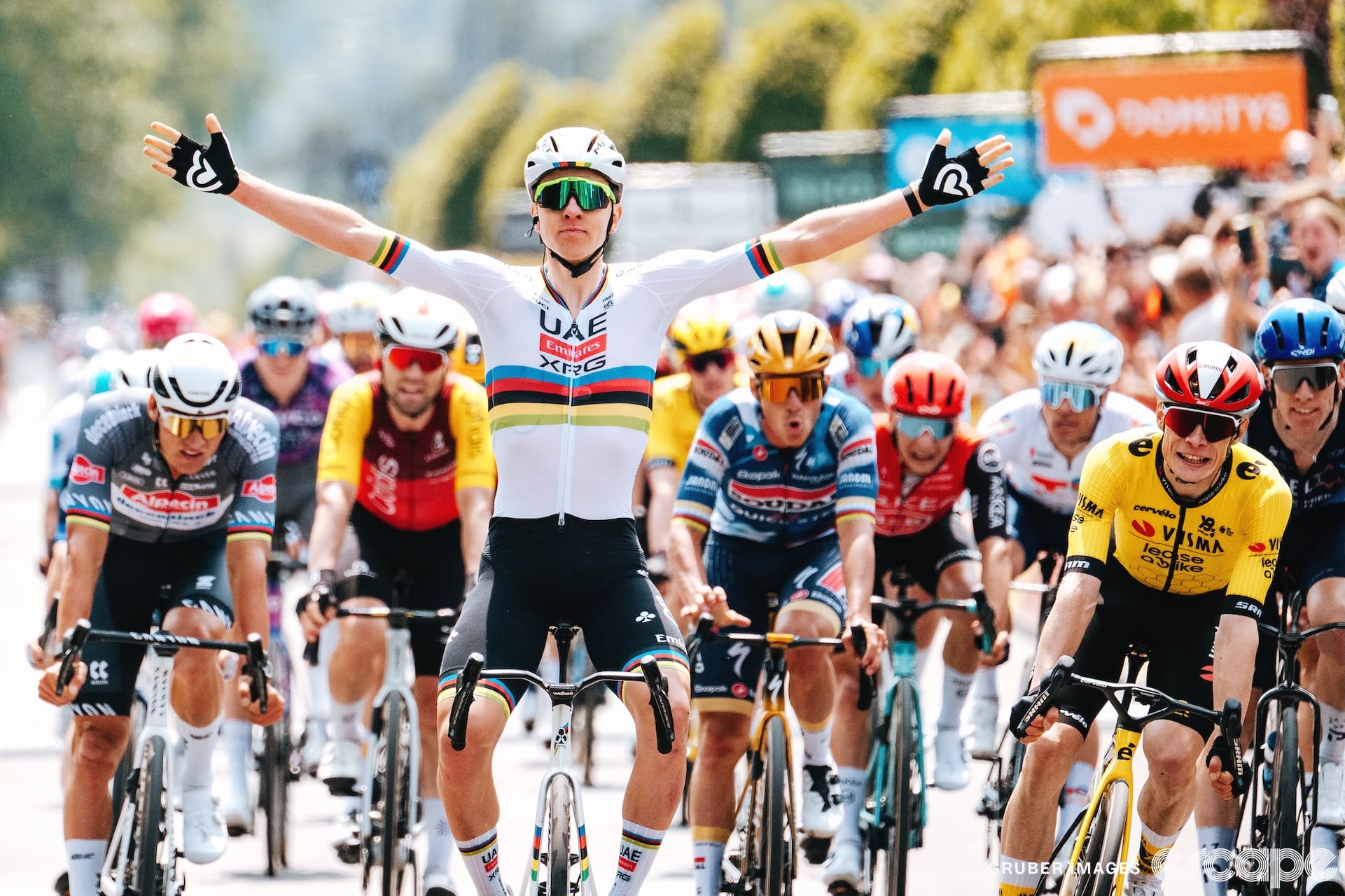For the entire Giro d’Italia, the stage 20 time trial has loomed over the fight for the overall. It’s just 18.6 km long, but the peculiar parcours – with a flat first half followed by a wicked, Category 1 ascent up Monte Lussari that climbs almost 900 meters in just 8 km and reaches sustained pitches of more than 18 percent – promises to re-shape the final general classification.
It’s also going to be a logistical nightmare for the race and teams, because of that finish, at the 14th century Santuario del Monte Lussari church in the tiny village of Borgo Lussari. Instead of the direct route up from Tarvisio, the race circles the mountain before ascending via a tiny, concrete path that’s about wide enough for a golf cart (if golf carts could ascend climbs with 18 percent gradients). It’s so small it doesn’t even show up in Google maps except in satellite view.
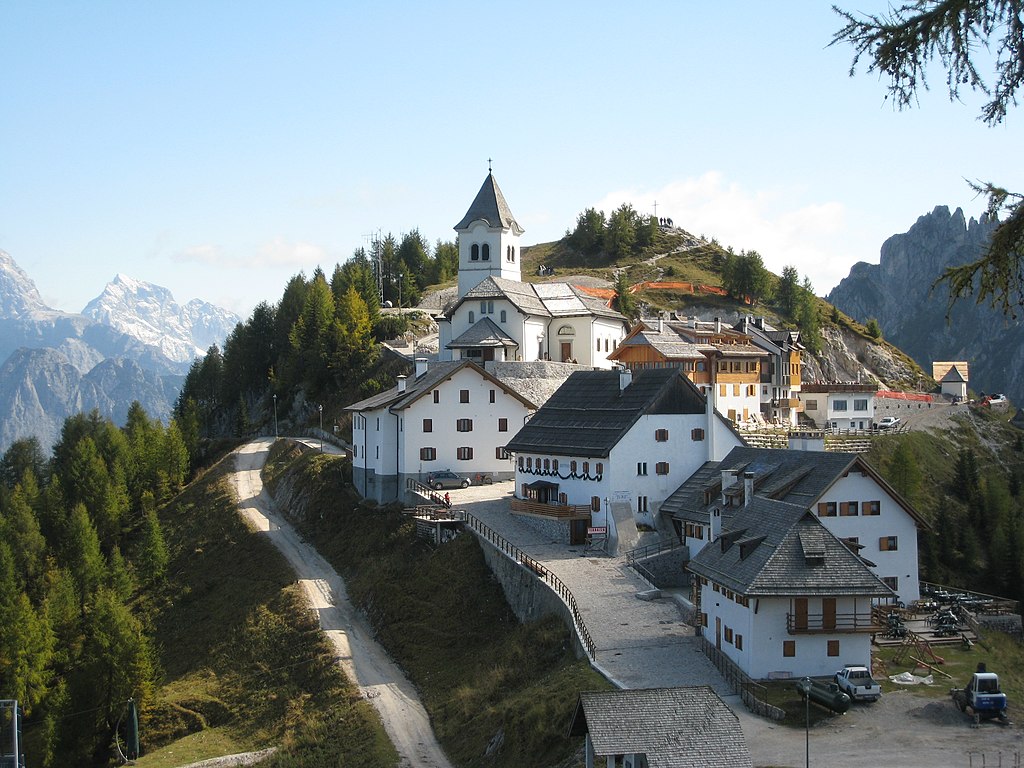
Why not the direct way up? Well, it’s a dirt hiking route, called the Sentiero del Pellegrino, or Pilgrim’s Path. The other “main” way up to Borgo Lussari is actually a gondola. That means the race has to make a few accommodations.
To start, the road is so steep that, according to Sporza, TT bikes can’t climb it. (In full Steven Wright mode, I’d suggest anything is climbable on a TT bike if you have the skills, but I digress.) So the spot at 9.4 km to go, where riders previously were allowed to change from a TT to a road bike is now a mandatory, triathlon-style transition zone, albeit presumably without Speedos.
Second, the road is so narrow that team cars can’t follow the riders; instead, the race organization will use motorbikes, with mechanics sitting on the back with spare bikes or wheels. We’ve seen this approach before; the Zoncolan climb, used in seven prior Giri d'Italia and two women's Giri, is so steep and narrow that the organizers typically have not allowed team cars on it. But this will be the first time it's been employed in a TT stage.
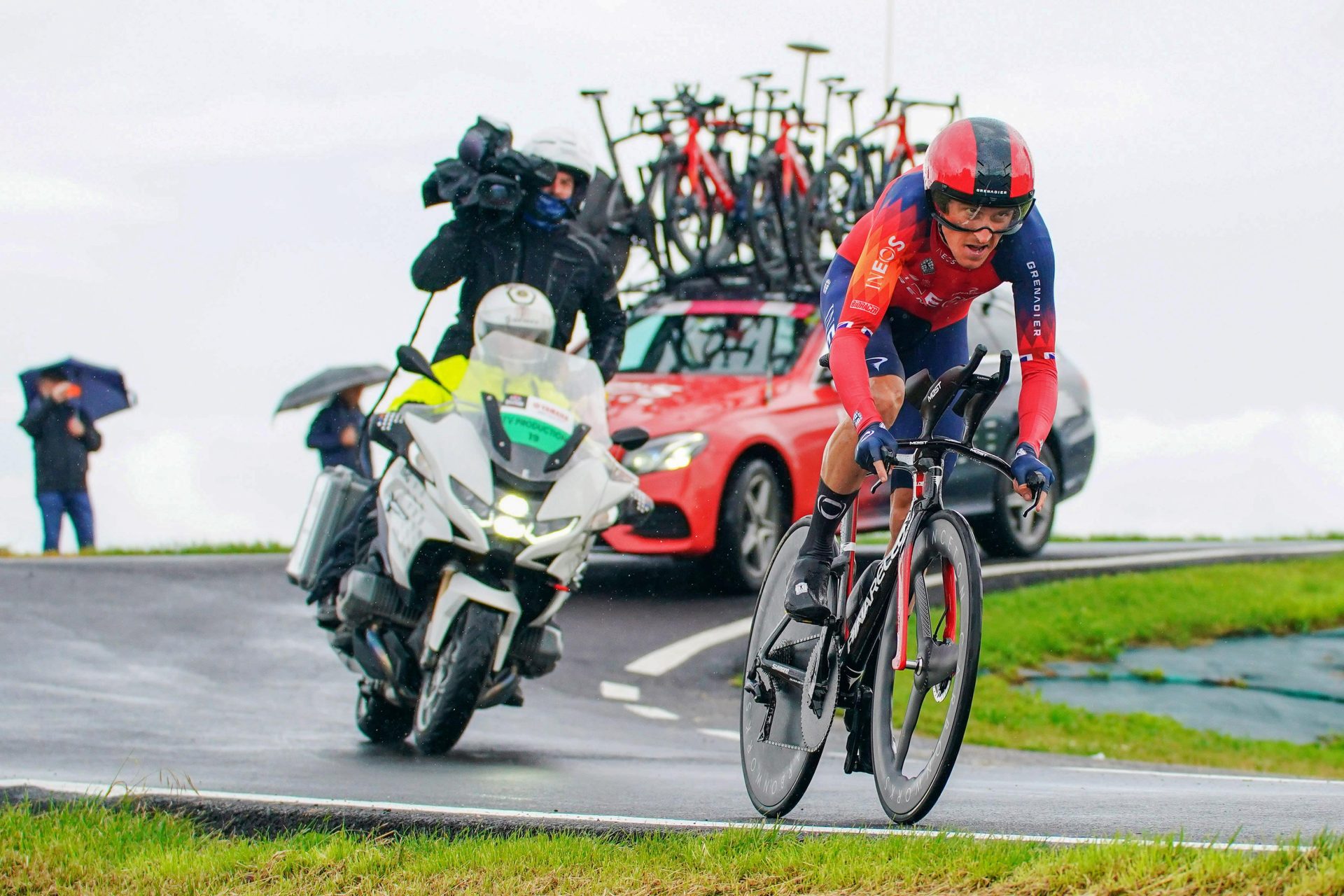
But wait, there’s more! Because the Monte Lussari road is an out-and-back, that means you need 125 motorbikes, one for each rider remaining in the race, presuming no one wakes up in the morning, looks at the climb, and says, “fuck that noise.”
The Giro has itself a lot of motorbikes, but it can’t spare that many. So it’s going to do three separate “waves” of starts of roughly 40 riders each, separated by two 45-minute intermezzos to allow the parade of motos that gradually accumulate at the summit to descend the route back to the start. I sincerely hope GCN just shows a test pattern and plays hold music during each one.
Do you know what else the Giro doesn’t have? 125 team mechanics. You can bet that, for some riders, Jock the bus driver is going to find himself riding shotgun on the back of a moto with a couple of wheels in hand.
More fun: while the top riders on GC will have the luxury of three-minute start gaps, the backmarkers only get a minute. With such compressed start times, a big climb, and a tiny road, you can bet there are going to be some traffic jams in the early going.
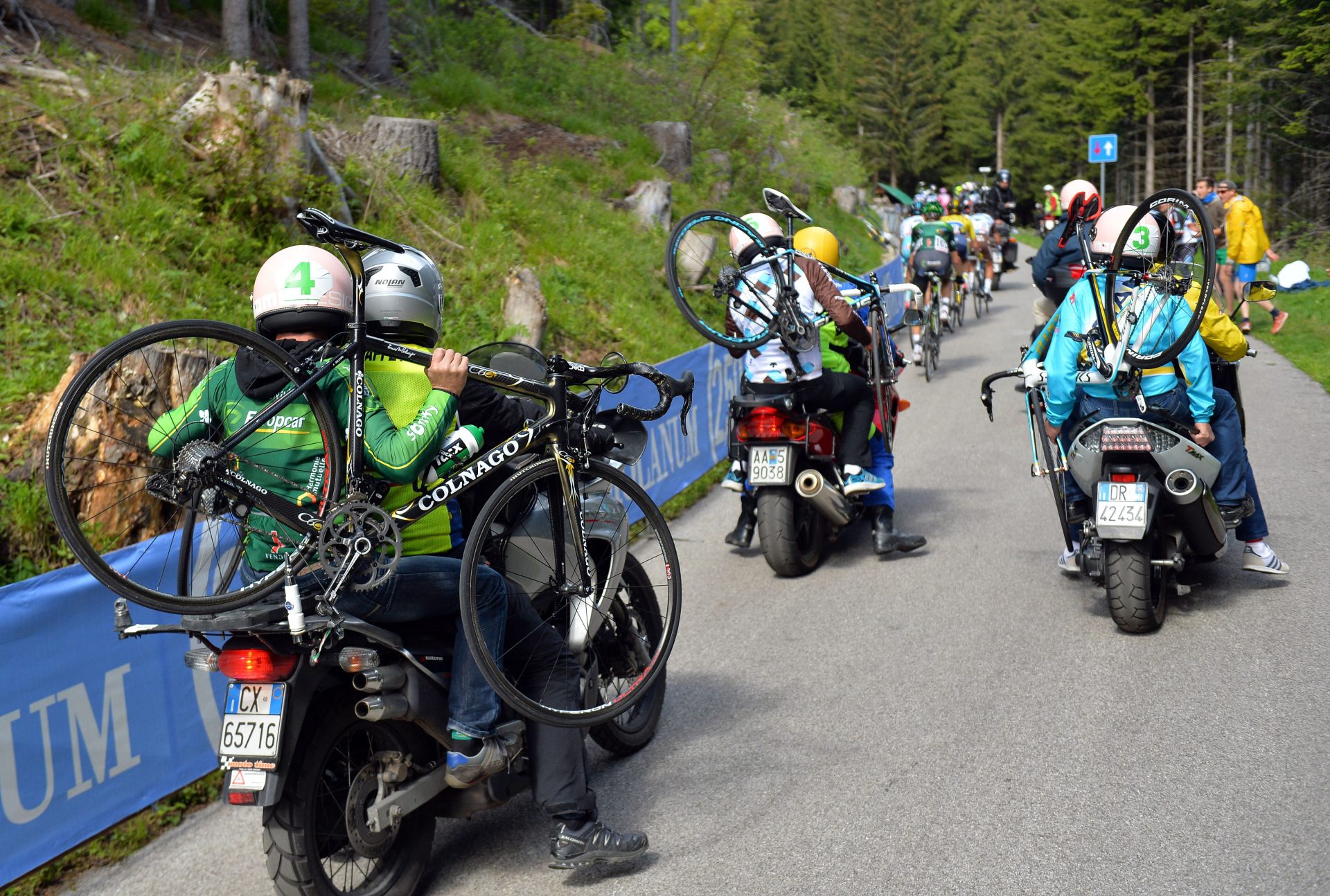
The end result? I’m not sure the Giro could dream up a more perfect TT for the Giro, especially this year’s edition. The images will be gorgeous (especially if the weather holds off). The climbing will be arduous. And the polemica that will likely unfold when someone gets stuck behind a slower rider, or flats and can’t get a wheel in time, or the motos take more than 45 minutes to get back down and it turns into a 10-hour race day, will be [chef’s kiss] for a race that cannot go more than one day without being unnecessarily dramatic.
It's vintage Giro d’Italia; enjoy.
Did we do a good job with this story?

